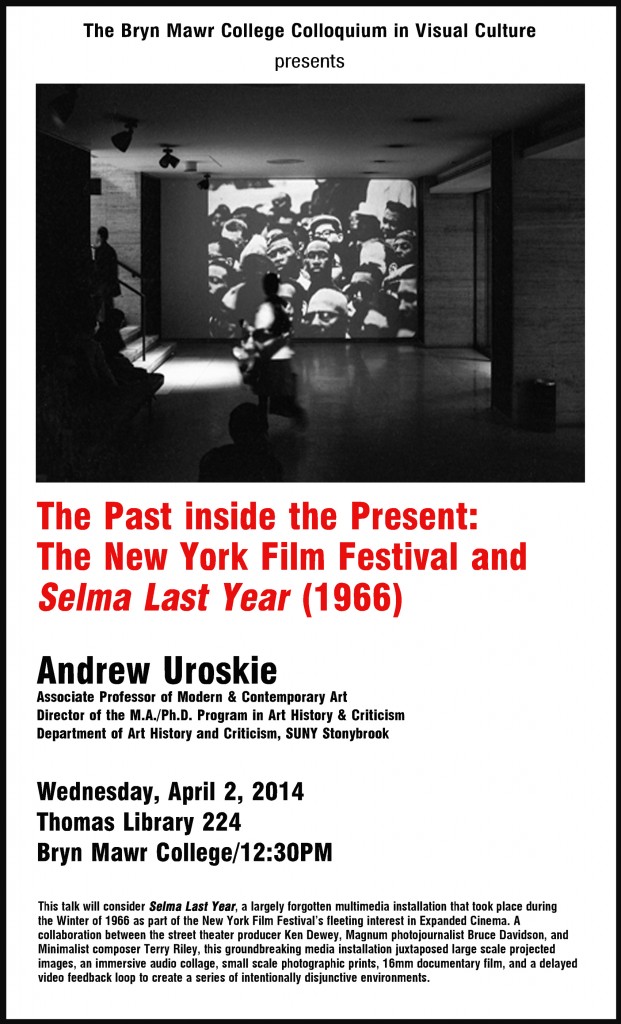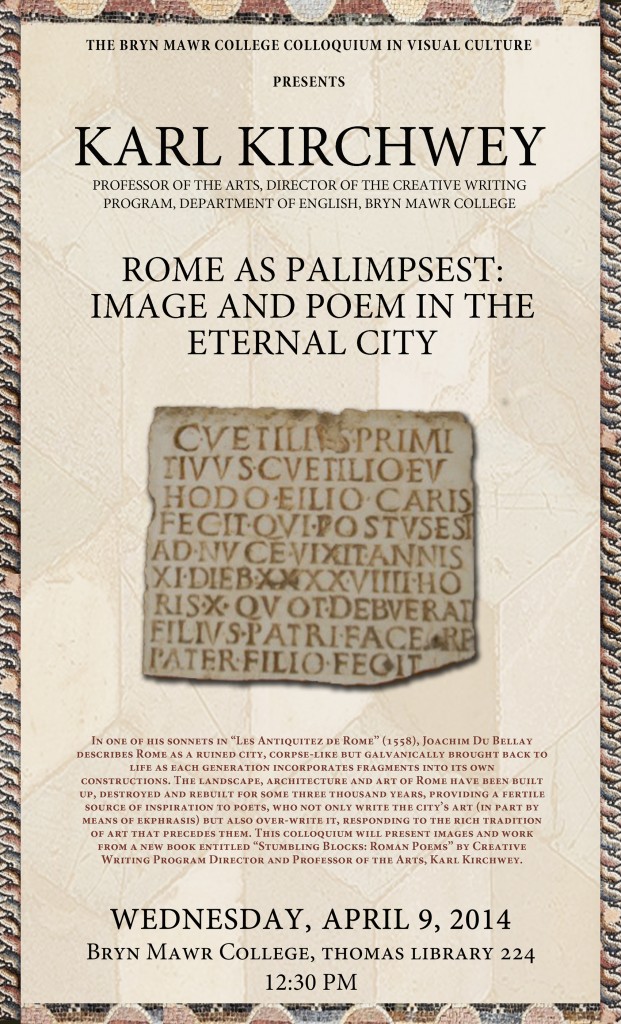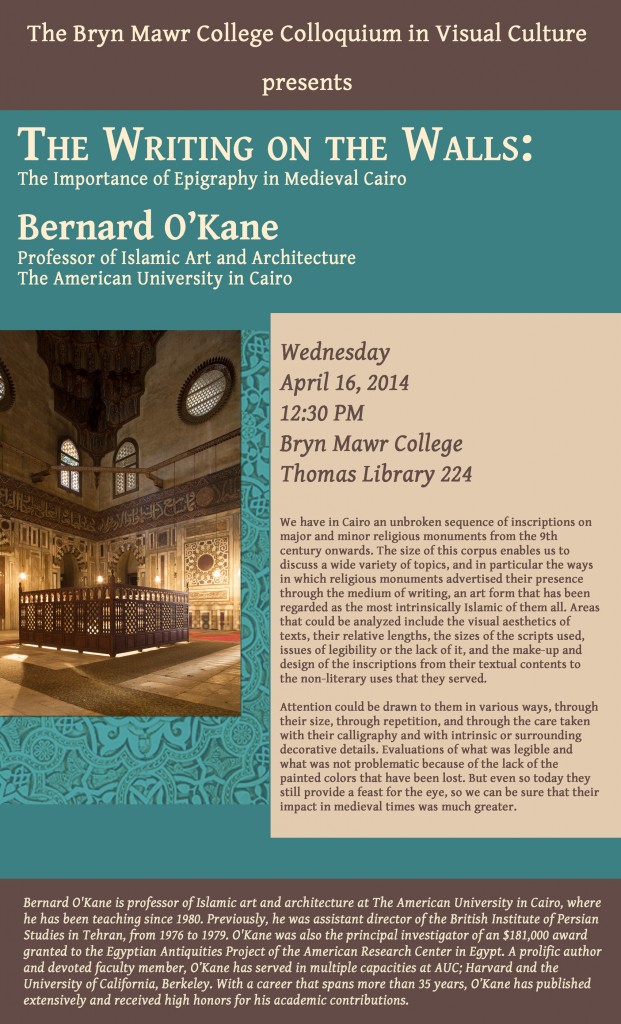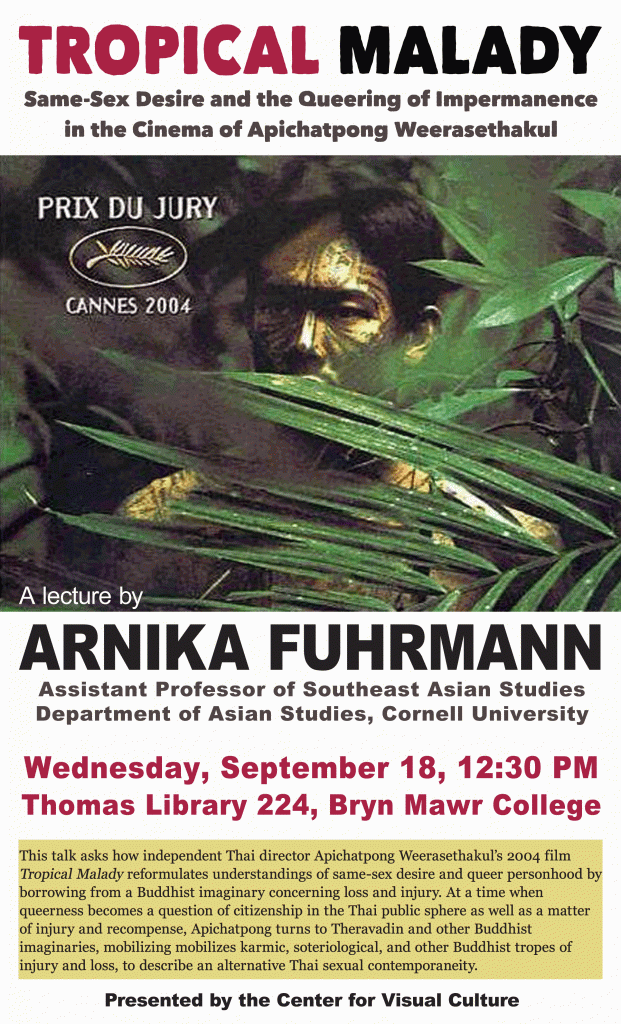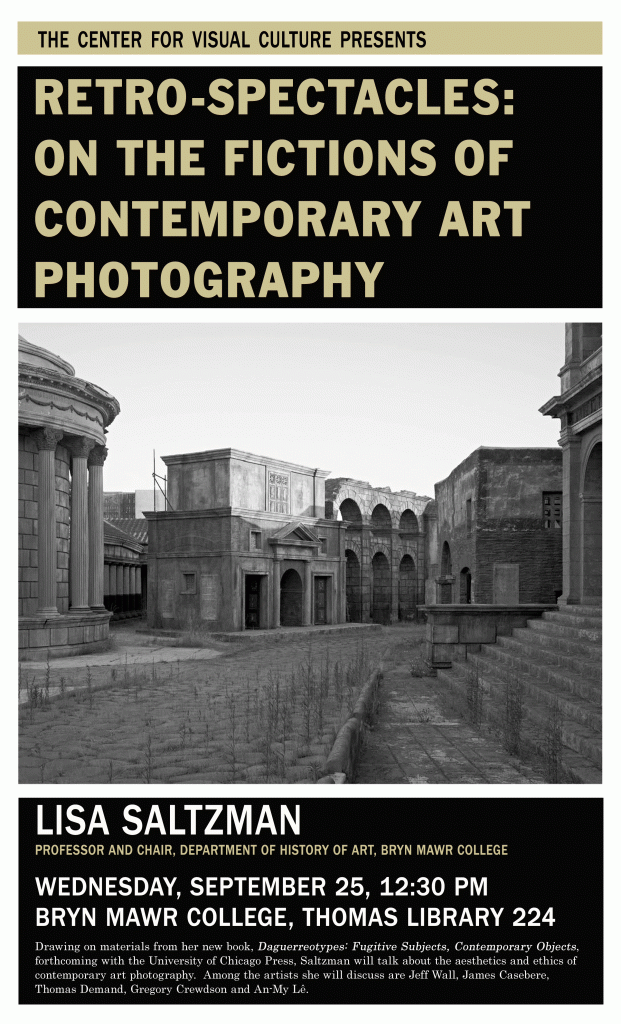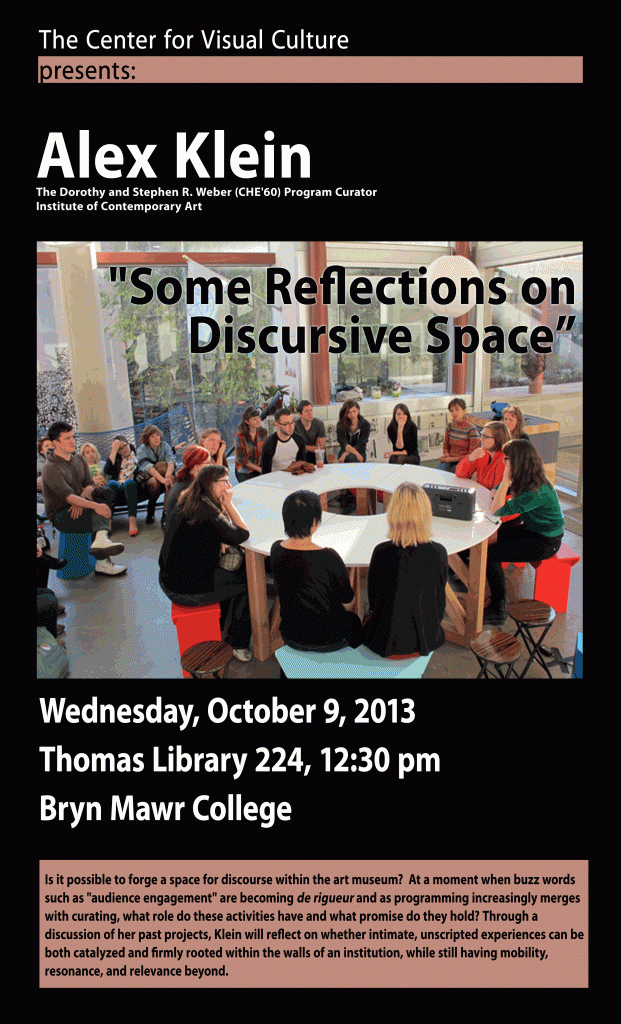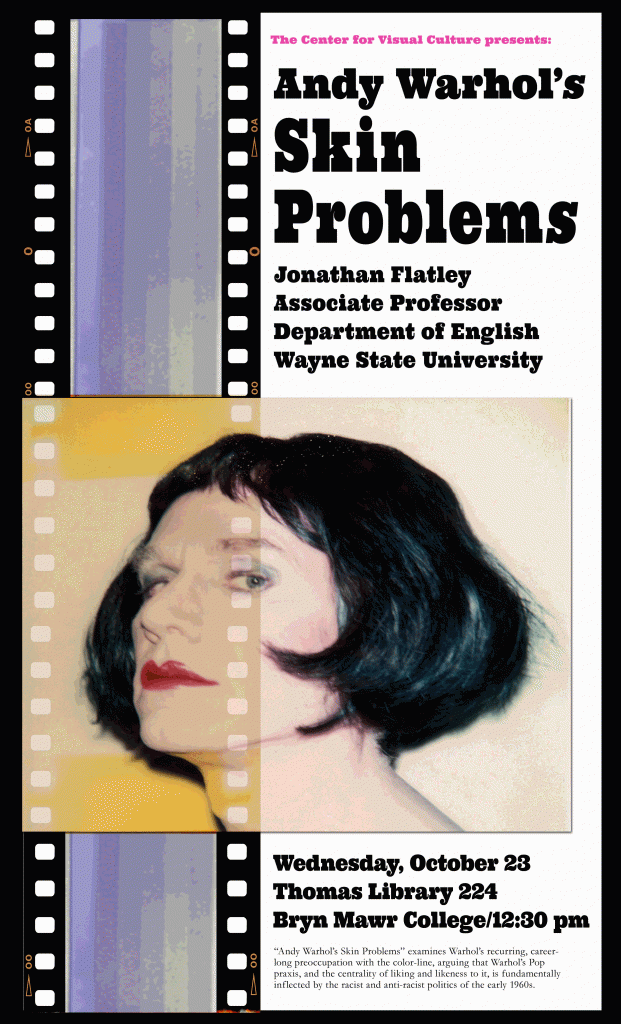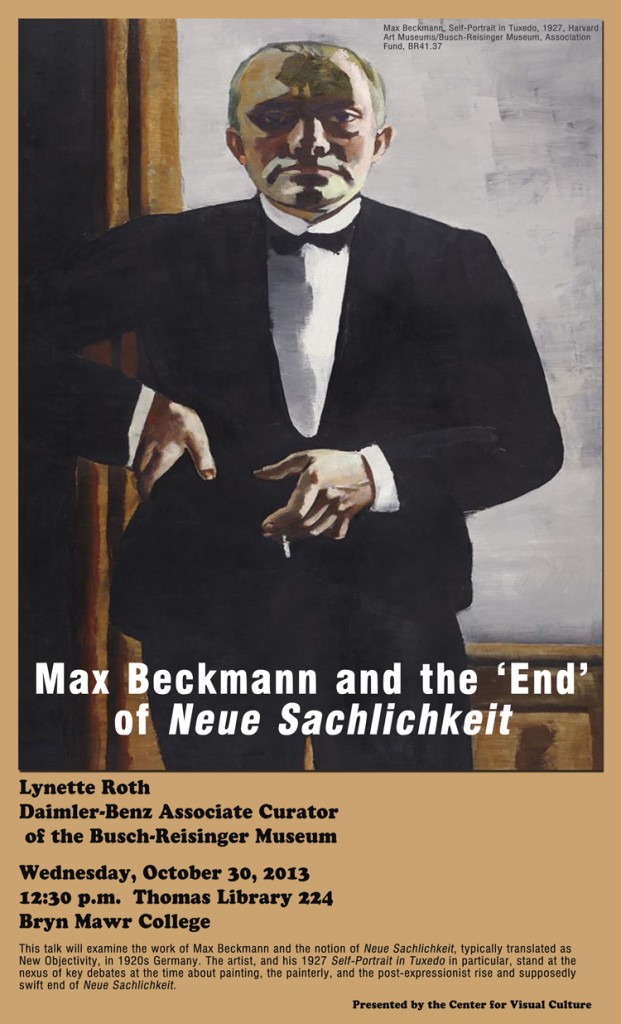Associate Professor of Modern & Contemporary Art
Director of the M.A./Ph.D. Program in Art History & Criticism
Department of Art History and Criticism, SUNY Stonybrook
“The Past inside the Present: The New York Film Festival and Selma Last Year (1966)”
This talk will consider Selma Last Year,” a largely forgotten multimedia installation that took place during the Winter of 1966 as part of the New York Film Festival’s fleeting interest in Expanded Cinema. A collaboration between the street theater producer Ken Dewey, Magnum photojournalist Bruce Davidson, and Minimalist composer Terry Riley, this groundbreaking media installation juxtaposed large scale projected images, an immersive audio collage, small scale photographic prints, 16mm documentary film, and a delayed video feedback loop to create a series of intentionally disjunctive environments. During the Festival’s Expanded Cinema Symposium, Annette Michelson would explicitly dismiss Dewey’s work as a “revivial of the old dream of synaesthesia”— insisting upon a Modernist conception of medium-specificity as the only legitimate grounds for aesthetic radicalism. While the success of the “Structural Film” in the years immediately following might be taken as evidence for Michelson’s position, I contend that Dewey’s prescient concern for what would come to be known as “site-specificity” would prove the more enduring model for critical media aesthetics in the decades to come.
Andrew V. Uroskie is Associate Professor of Modern & Contemporary Art, and Director of the MA/PhD Program in Art History & Criticism at Stony Brook University in New York. His book, “Between the Black Box and the White Cube: Expanded Cinema and Postwar Art,” was recently published by the University of Chicago Press.

